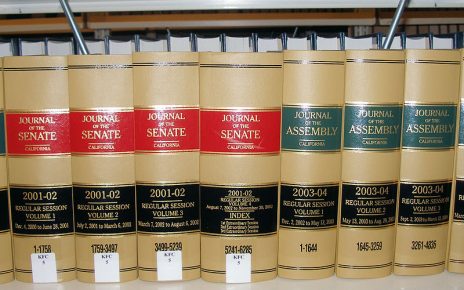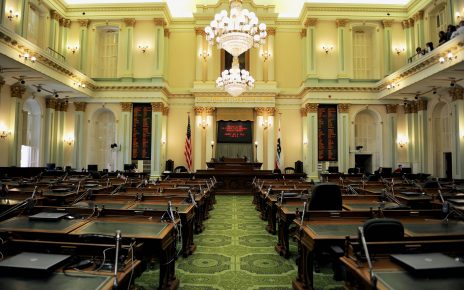California Bills with Public’s Right of Access Disclaimers
Have you ever read a bill and found a section at the end of the bill discussing the public’s right of access being limited by the bill? The following is an example from a recently-introduced bill in the California Legislature:...





